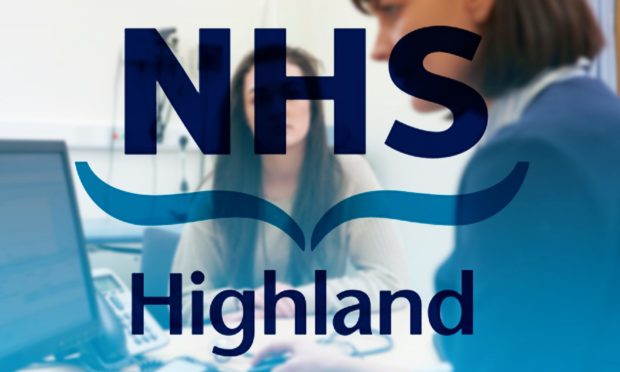Trials are being launched to explore how NHS Highland can cut costs and improve efficiency by using the “Internet of Things” (IoT) across the huge area it serves.
Tracking movements of expensive equipment and predicting vital maintenance before machines break down are among areas being considered for the tests of the technology, which allows hardware devices to connect remotely to the internet and transfer data between appliances.
A “testbed” for the project, which will focus on non-clinical IoT uses, has been set up at Raigmore Hospital, Inverness, with others to follow in the coming months at Oban, Fort William and Wick.
The trials are being supported by Censis, Scotland’s centre for excellence for sensor monitoring and IoT, and Capita, which is rolling out public sector IoT networks with the Scottish Government.
NHS innovation consultant, Alan Whiteside, said: “NHS Highland has a massive area to cover and, generally speaking, the larger the area the greater the cost. That’s why it is so important for us to optimise our assets, facilities, and, potentially, even re-assess how our services are designed.
“Ultimately, we want to deliver better healthcare services to our communities and the use of technology will be an integral part of how we achieve that by managing the estate remotely, improving performance, and reducing costs.”
“One of the biggest areas of opportunity is asset-tracking, using sensors to locate equipment and streamlining how it is taken where it needs to be through better-informed logistics. Another potential theme is the use of predictive maintenance, allowing the health board to plan work before equipment breaks down, rather than waiting for it to fail.”
Mr Whiteside said “regional distinctions” would be taken into account in the trials, recognising that “what works in Oban may not work in Skye and there may be differences in priorities for Wick and Dunoon”.
He continued: “Further down the line, there are ideas we are exploring around the use of IoT to prevent health issues, whether they are related to fuel poverty or helping people with dementia live more independently.
“We are also looking at patient flow through hospitals, better managing their experience and reducing the time people spend in hospital, along with the associated costs. IoT technology could allow us to change our service model entirely.”
Censis business development manager, Stephen Milne, said: “NHS Highland is leading the way in the exploration of non-clinical uses of IoT and there are huge opportunities for other public services to follow in its footsteps.”
